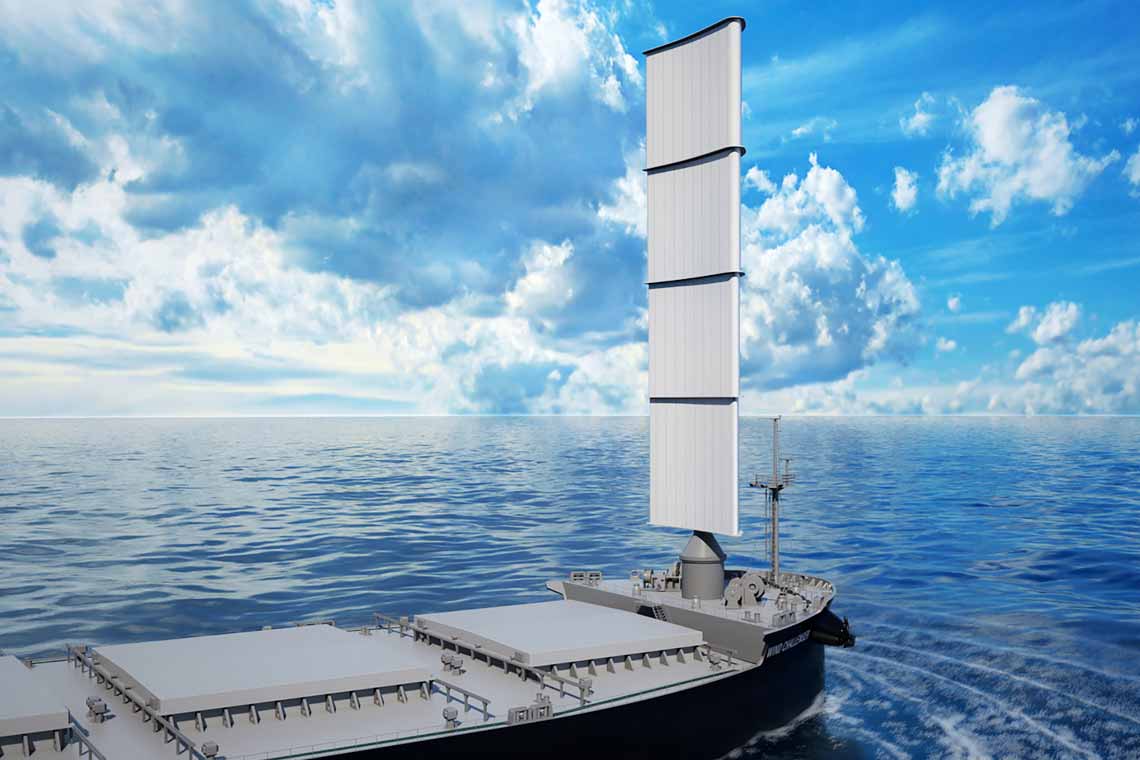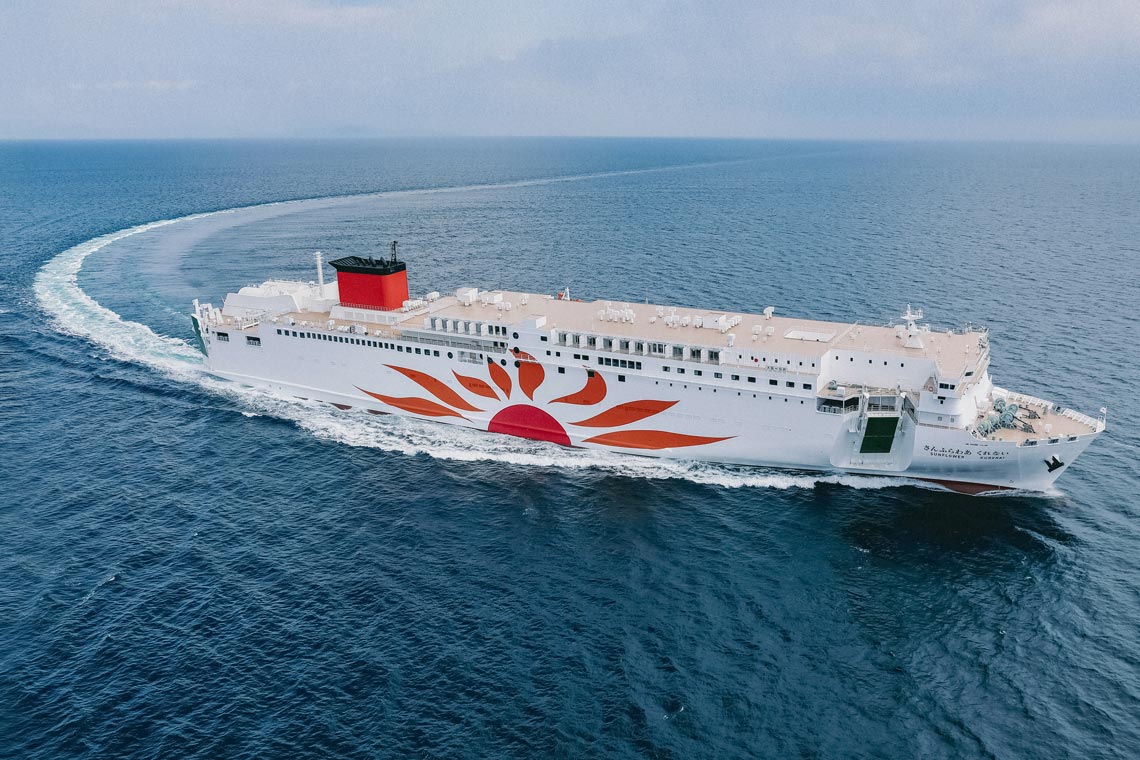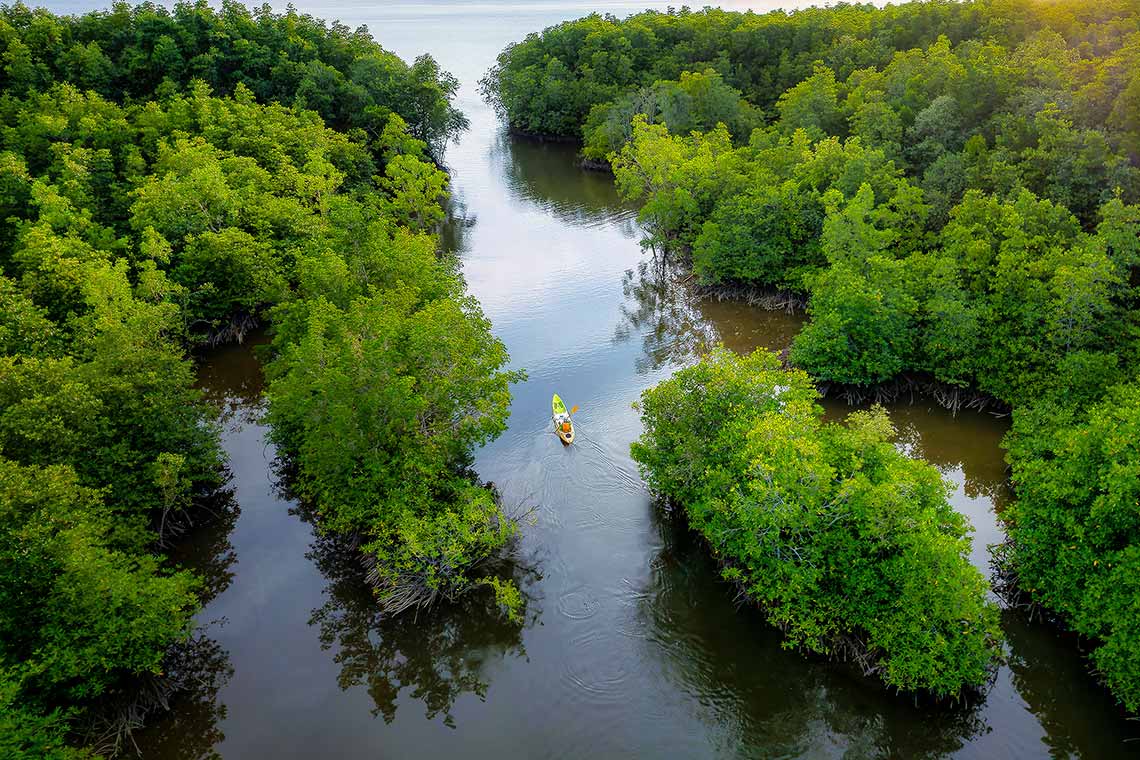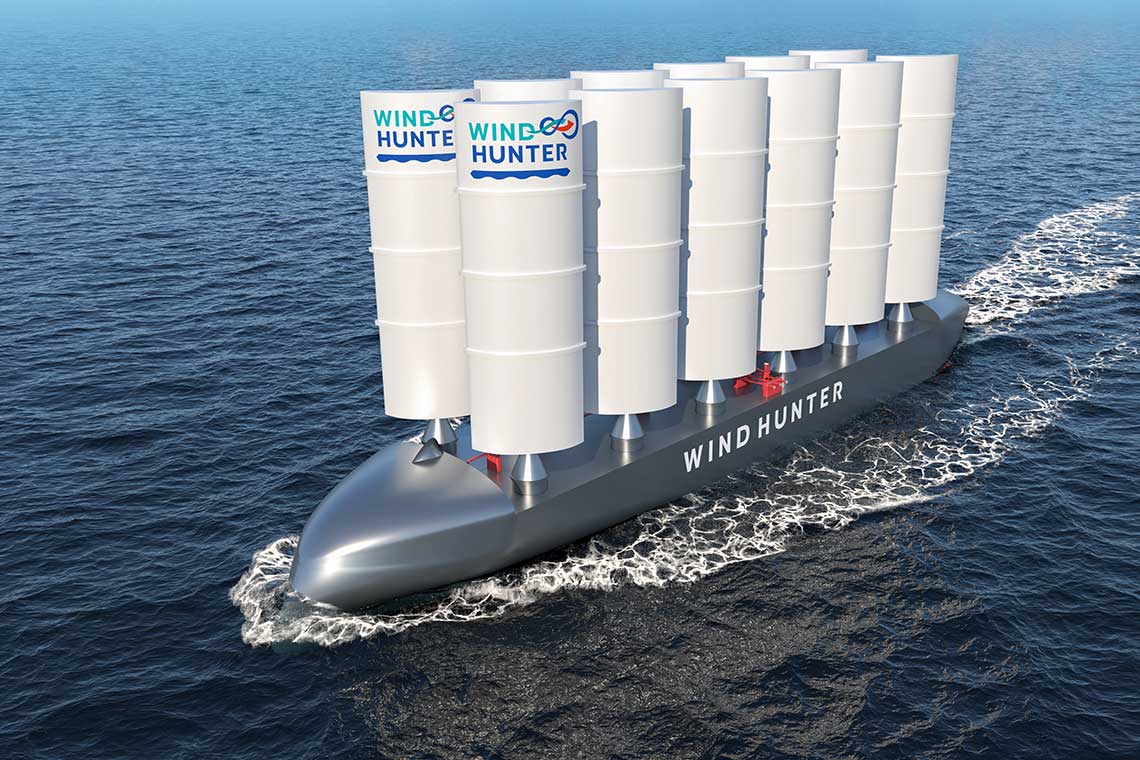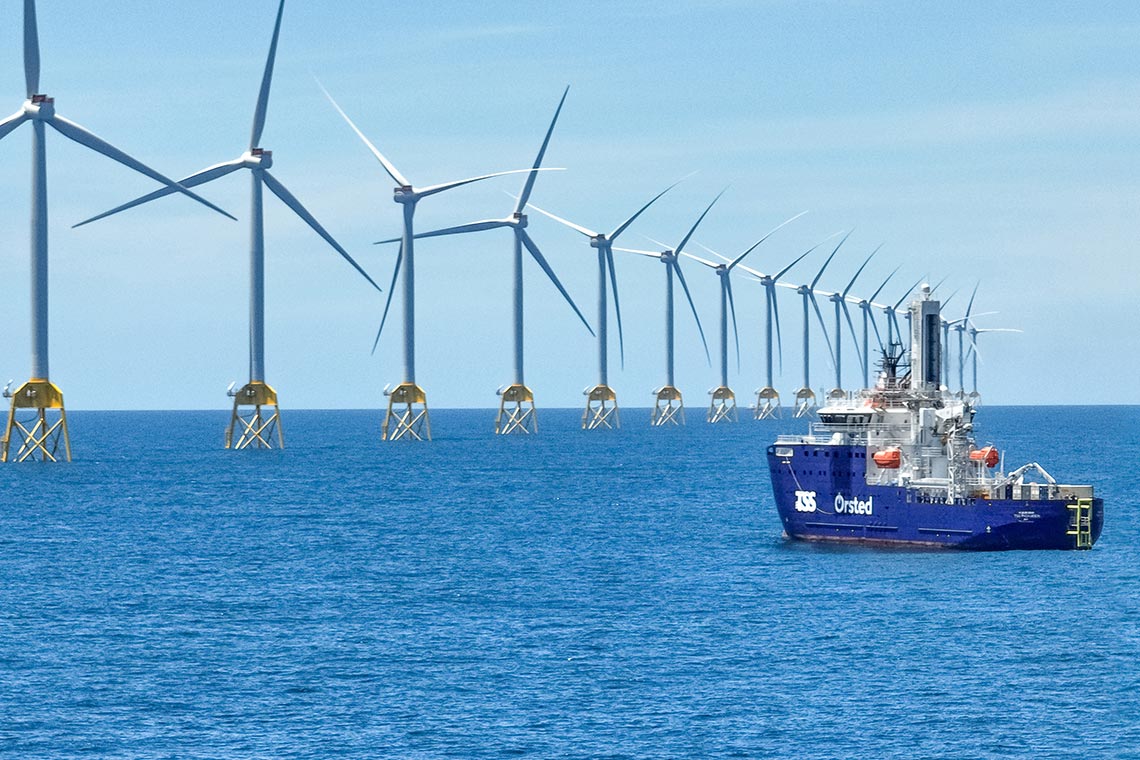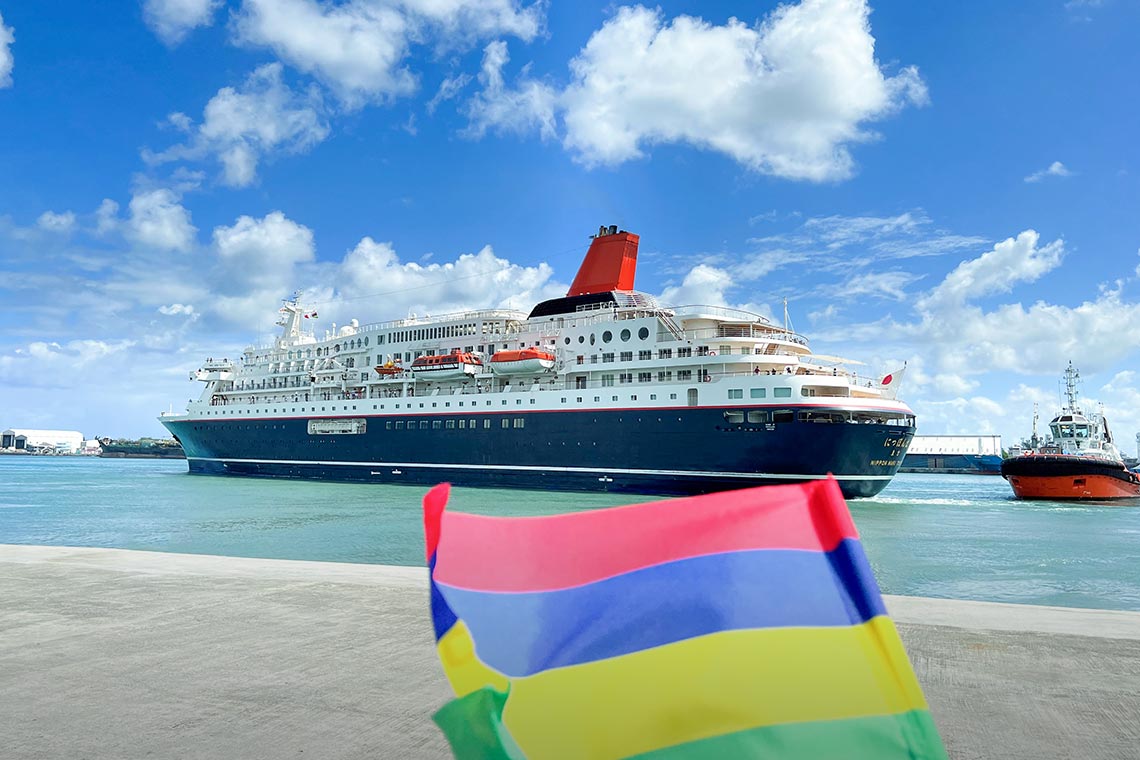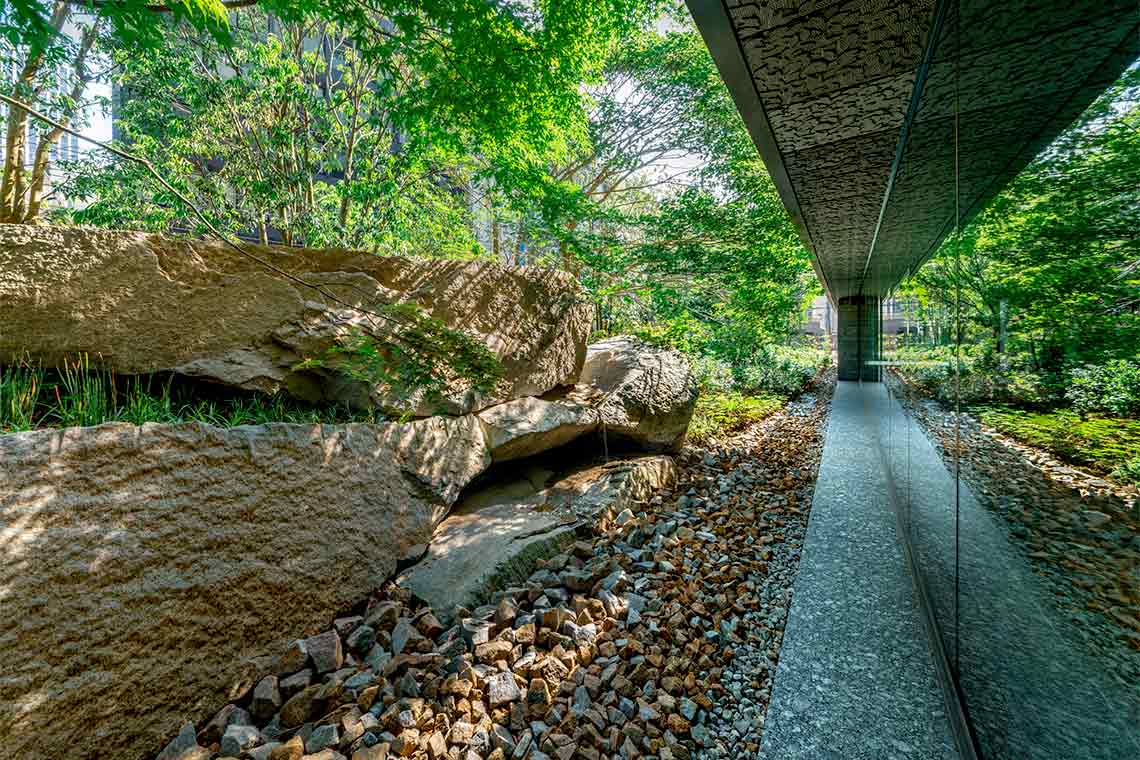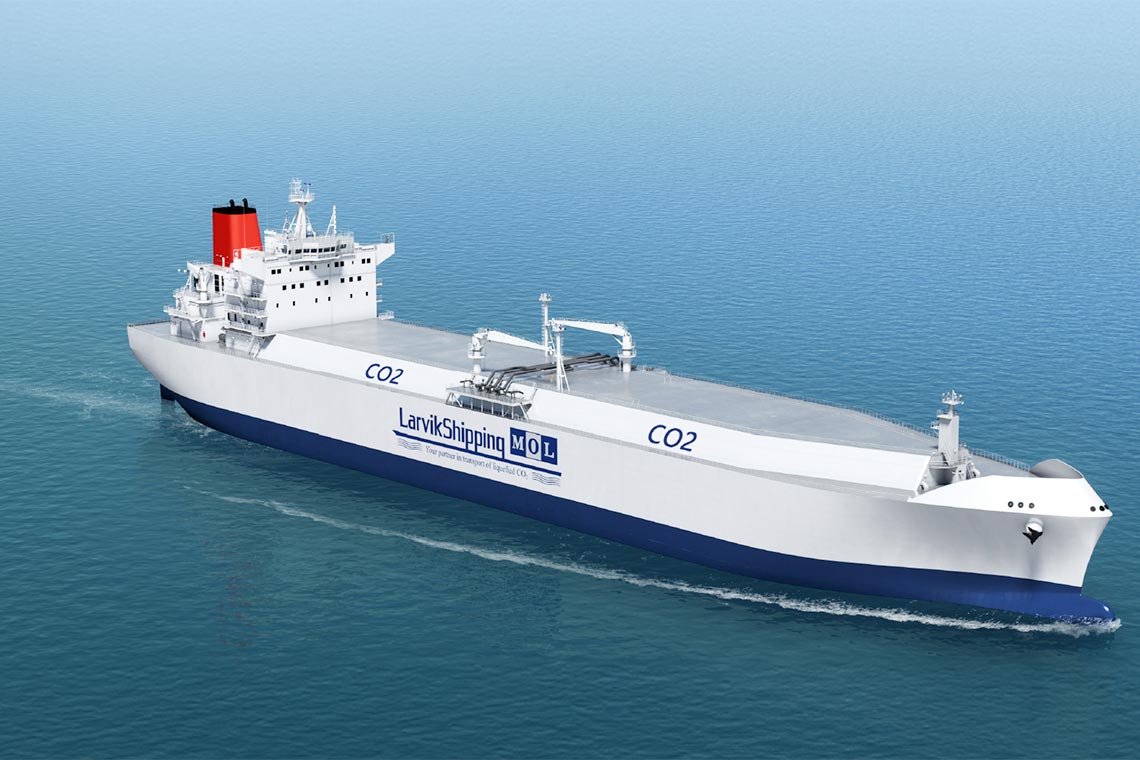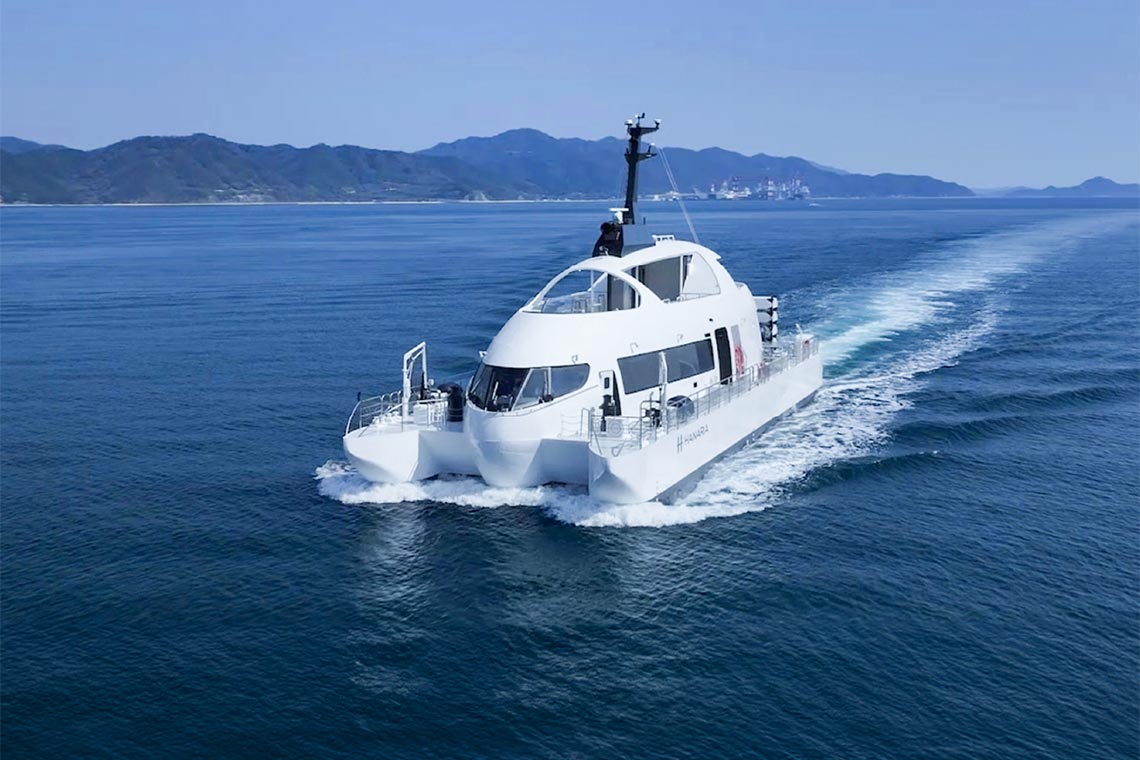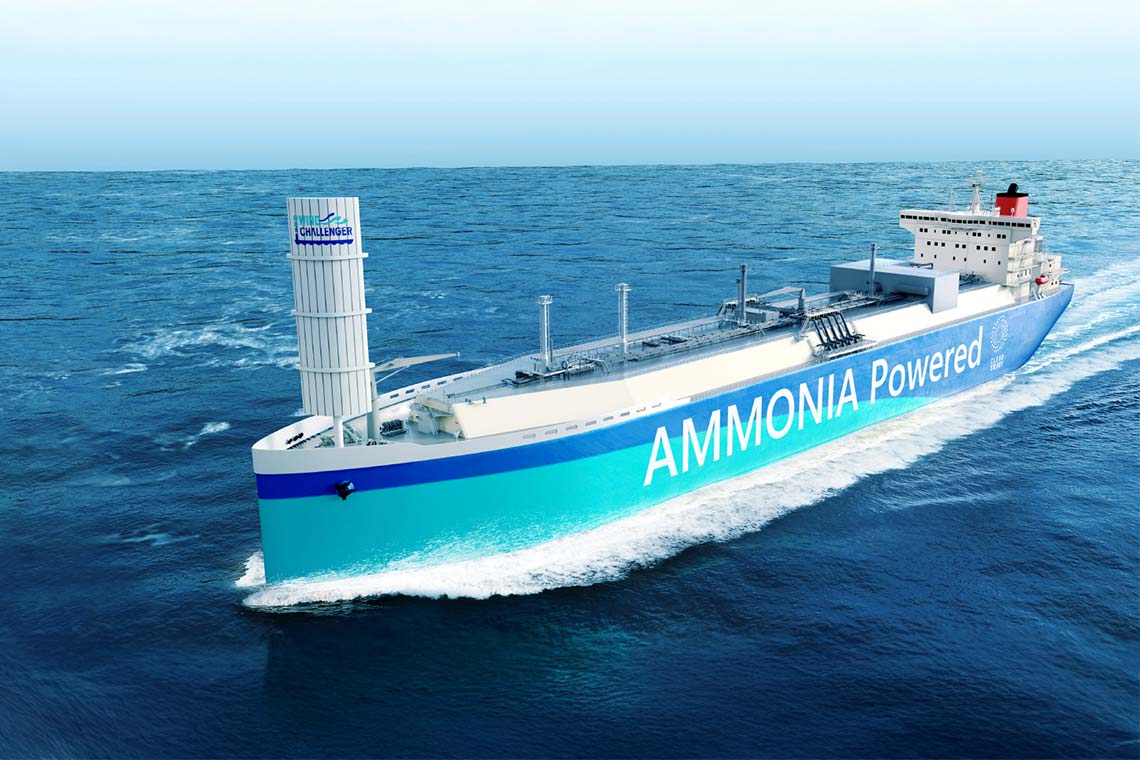
power projects
- STATEMENT
- To the future,
with our
'Ocean Planet.'
BLUE ACTION 006
Offshore wind
power projects
Ships will drive the future
of renewable energy.
Apr 10, 2023
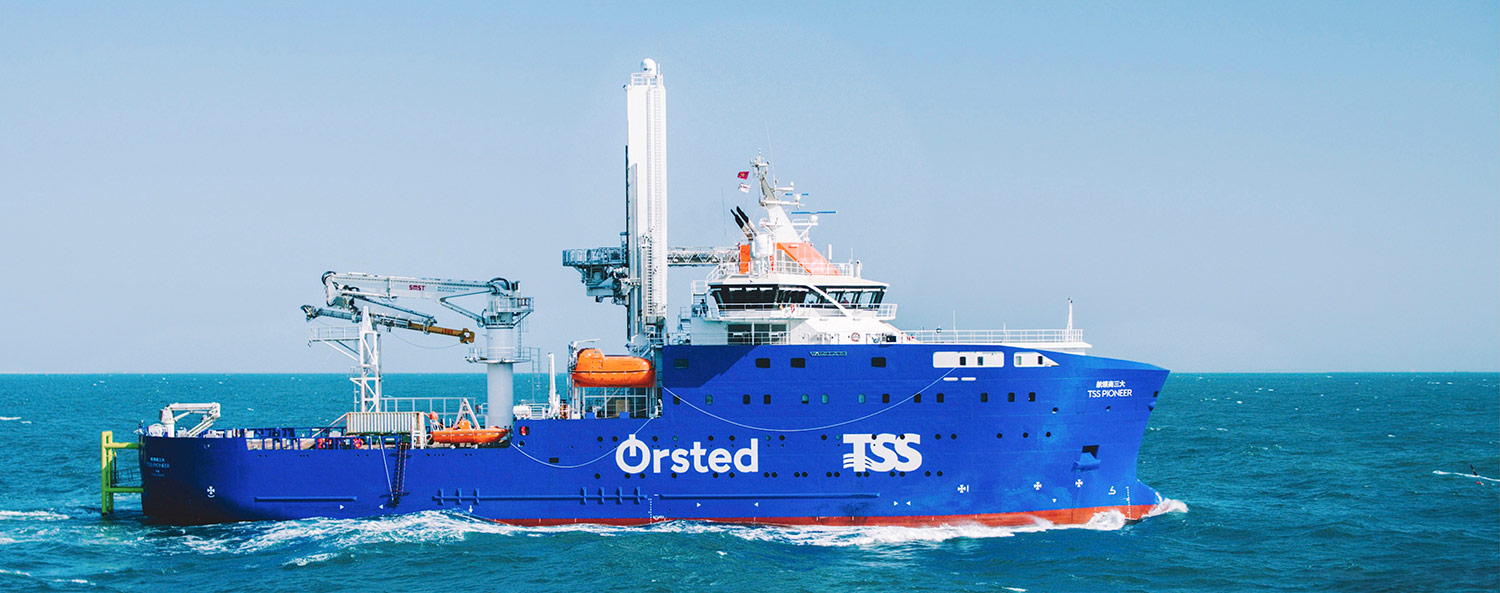
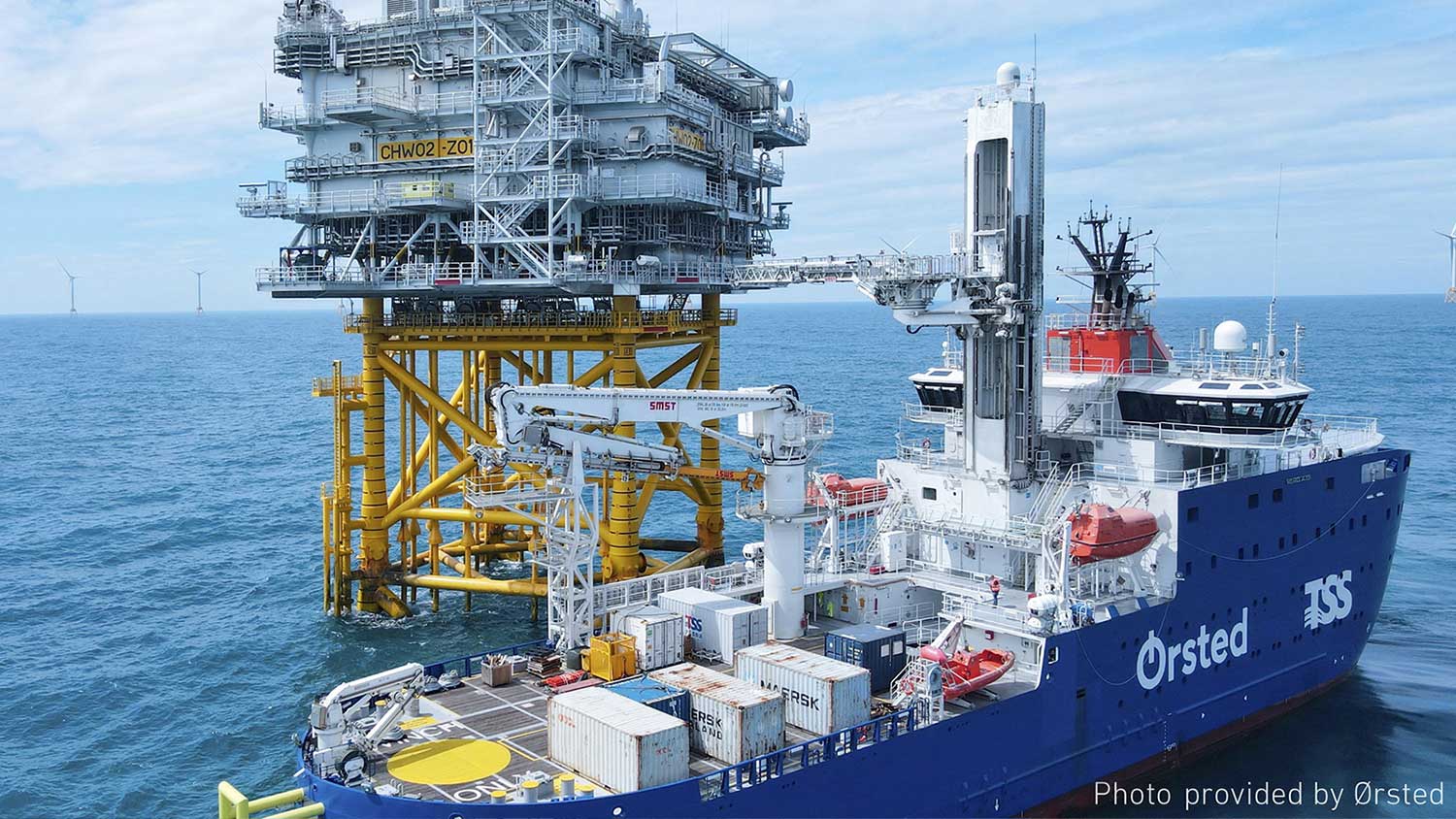
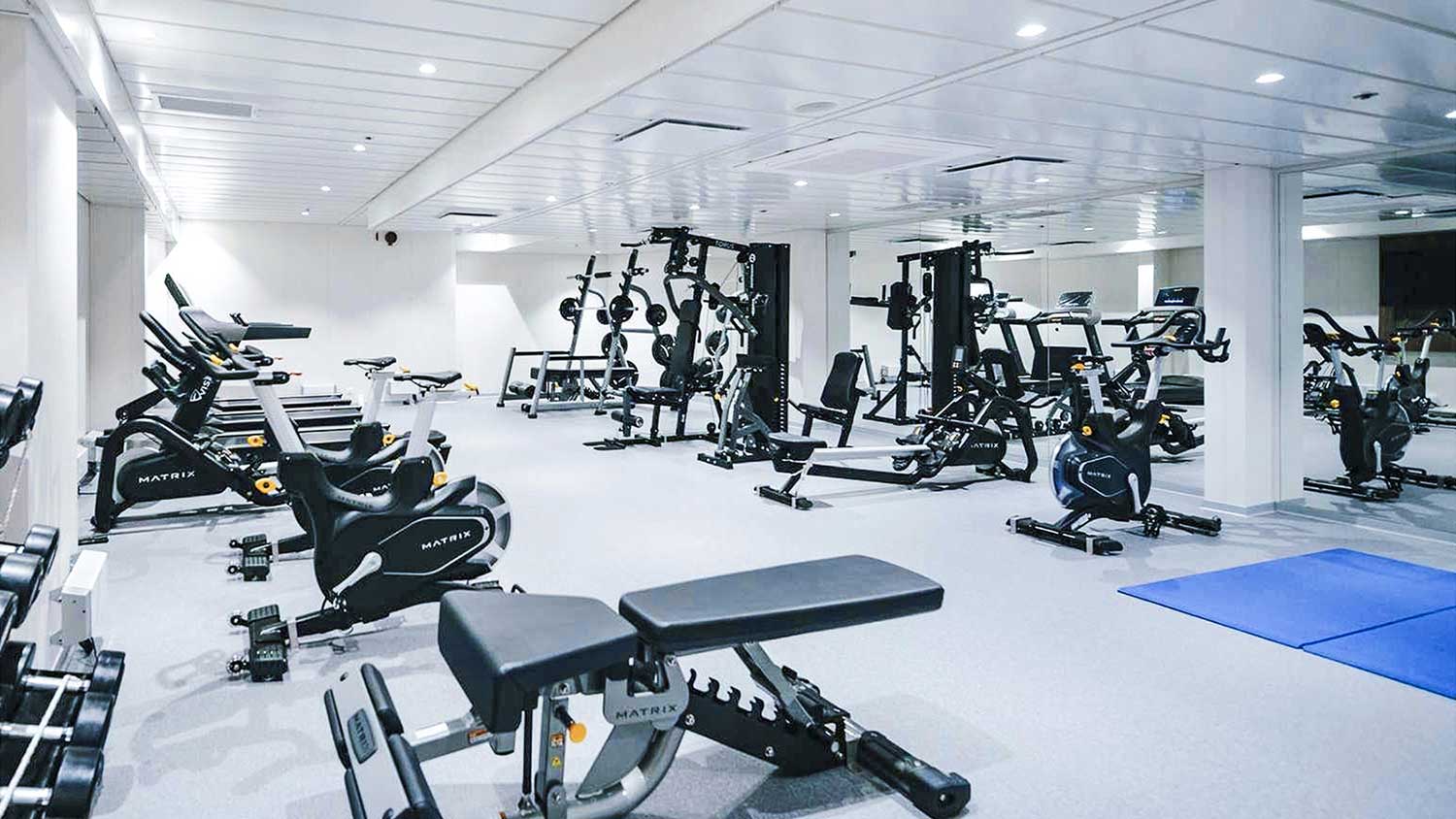
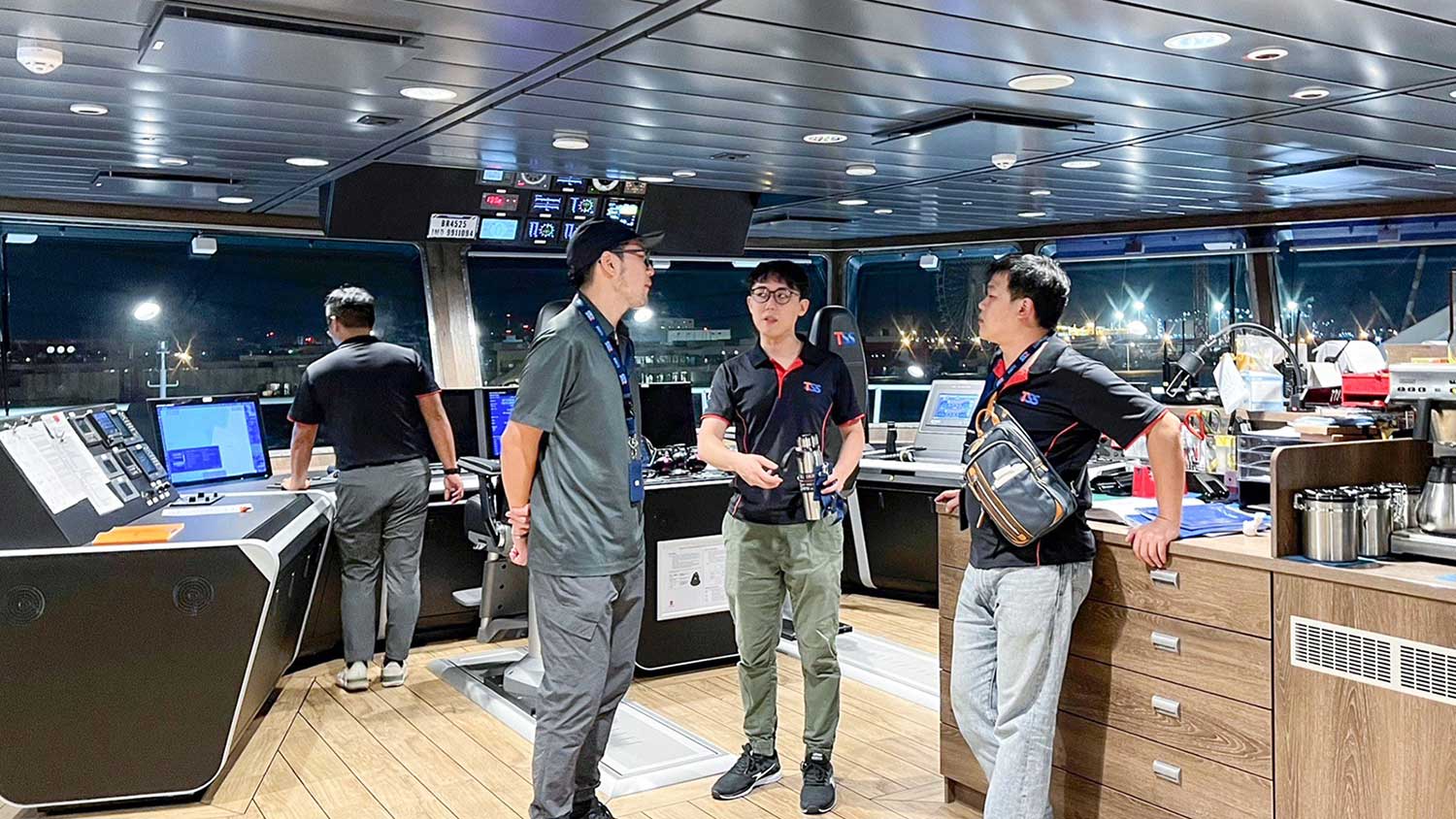
In Japan, a country surrounded by ocean, there are high hopes for offshore wind power. Because even if the land is small, large-scale renewable energy power generation can be deployed at sea. However, offshore power facilities are difficult to access, and it is not easy for workers at an offshore site to return to land. Nature imposes many constraints on maintenance due to waves, currents, and so on. In the words of one power utility developer, it's a place where "we can't do anything without a ship."
But therein lies the value of a shipping company like Mitsui O.S.K. Lines (MOL). One good example is the Service Operation Vessel (SOV) business. An SOV is a specialized ship that supports maintenance work on offshore wind farms. MOL has deployed the TSS Pioneer, the very first SOV in Asia, to an offshore wind farm off the coast of Taiwan built and operated by Denmark-based Ørsted, a globally leading renewable energy company. The TSS Pioneer, which is used for operations and maintenance work for Ørsted Greater Changhua offshore wind farms, has cabins for technicians so the vessel can continuously operate at sea for a certain time. A cafeteria serves delicious, healthy meals. There's also a gym that is larger than what merchant ships normally have. Instead of just providing a place to sleep, we put a lot of thought into comfort.
And to safely and efficiently transfer technicians and materials to wind power turbines, the corridor and crane are equipped with features that reduce vibrations and movement at sea. Furthermore, the TSS Pioneer has the latest dynamic positioning system (automated position holding equipment) that syncs with GPS and automatically calculates wind and currents so the ship can remain at a fixed point at sea while at work. It's an application of the technology and knowledge MOL has built up over many years operating businesses on the seas.
Even at sea, wind farm maintenance is done by the human hand. In addition to safety and efficiency, it's important to make sure technicians are comfortable. Offshore wind power is about more than just construction. We also have to consider how to sustain its availability. To contribute to a stable supply of renewable energy and create a truly sustainable world, we at MOL look decades ahead to unlock the ocean's potential.
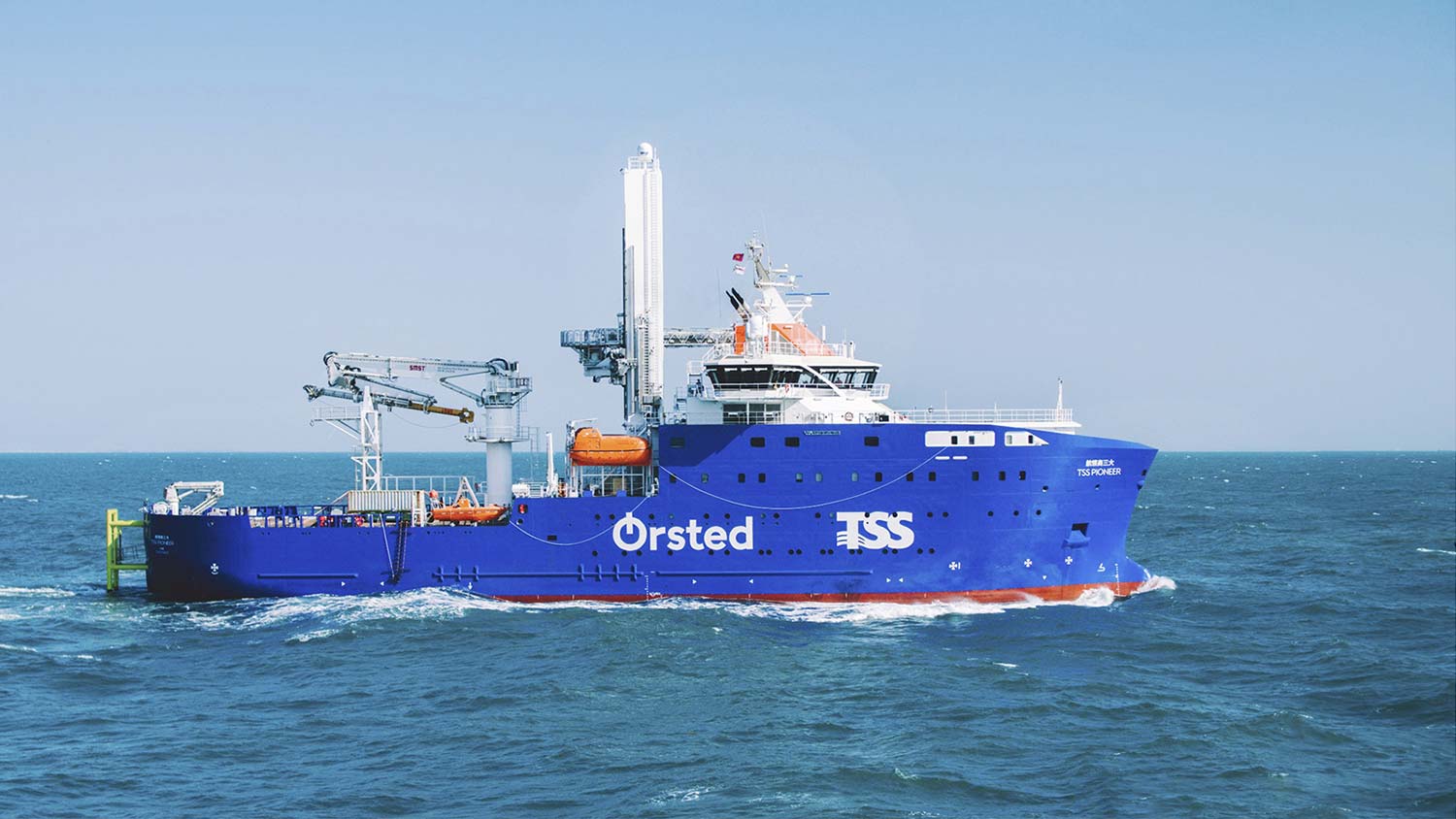
In Japan, a country surrounded by ocean, there are high hopes for offshore wind power. Because even if the land is small, large-scale renewable energy power generation can be deployed at sea. However, offshore power facilities are difficult to access, and it is not easy for workers at an offshore site to return to land. Nature imposes many constraints on maintenance due to waves, currents, and so on. In the words of one power utility developer, it's a place where "we can't do anything without a ship."
But therein lies the value of a shipping company like Mitsui O.S.K. Lines (MOL). One good example is the Service Operation Vessel (SOV) business. An SOV is a specialized ship that supports maintenance work on offshore wind farms. MOL has deployed the TSS Pioneer, the very first SOV in Asia, to an offshore wind farm off the coast of Taiwan built and operated by Denmark-based Ørsted, a globally leading renewable energy company. The TSS Pioneer, which is used for operations and maintenance work for Ørsted Greater Changhua offshore wind farms, has cabins for technicians so the vessel can continuously operate at sea for a certain time. A cafeteria serves delicious, healthy meals. There's also a gym that is larger than what merchant ships normally have. Instead of just providing a place to sleep, we put a lot of thought into comfort.

And to safely and efficiently transfer technicians and materials to wind power turbines, the corridor and crane are equipped with features that reduce vibrations and movement at sea. Furthermore, the TSS Pioneer has the latest dynamic positioning system (automated position holding equipment) that syncs with GPS and automatically calculates wind and currents so the ship can remain at a fixed point at sea while at work. It's an application of the technology and knowledge MOL has built up over many years operating businesses on the seas.

Even at sea, wind farm maintenance is done by the human hand. In addition to safety and efficiency, it's important to make sure technicians are comfortable. Offshore wind power is about more than just construction. We also have to consider how to sustain its availability. To contribute to a stable supply of renewable energy and create a truly sustainable world, we at MOL look decades ahead to unlock the ocean's potential.


